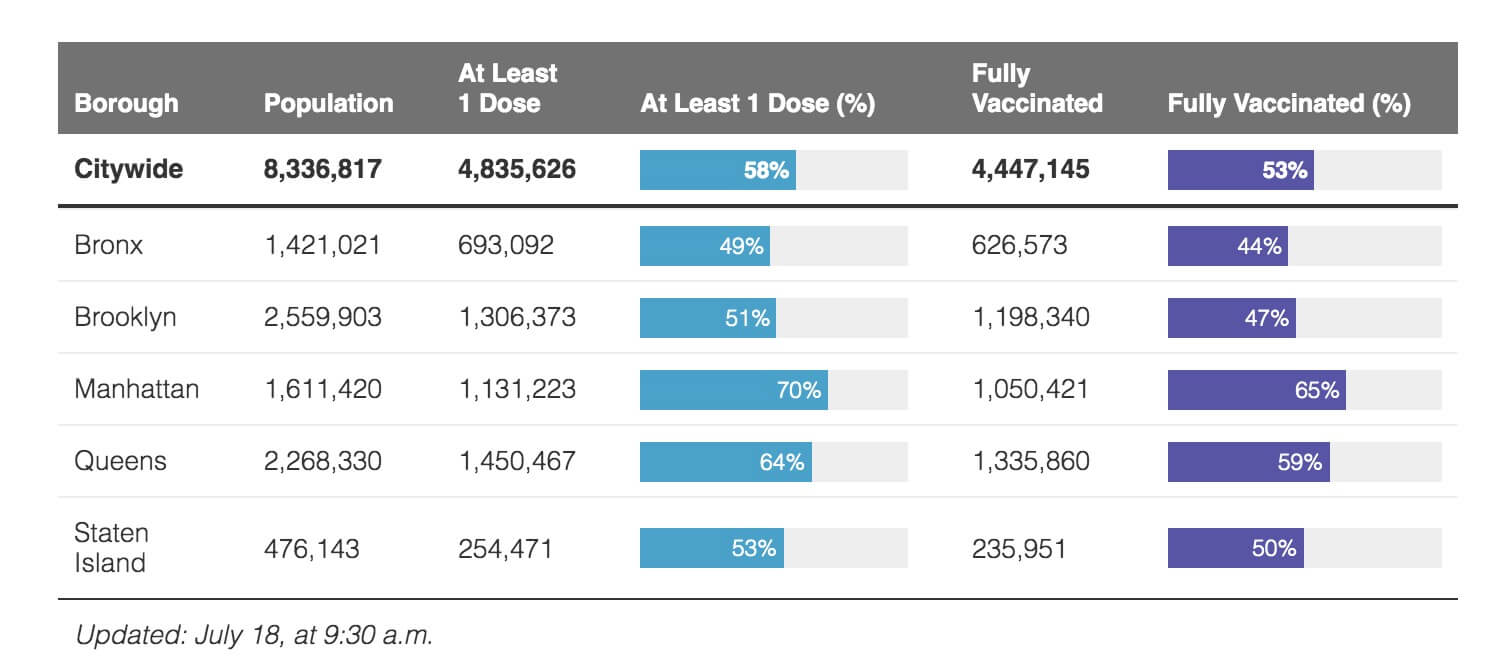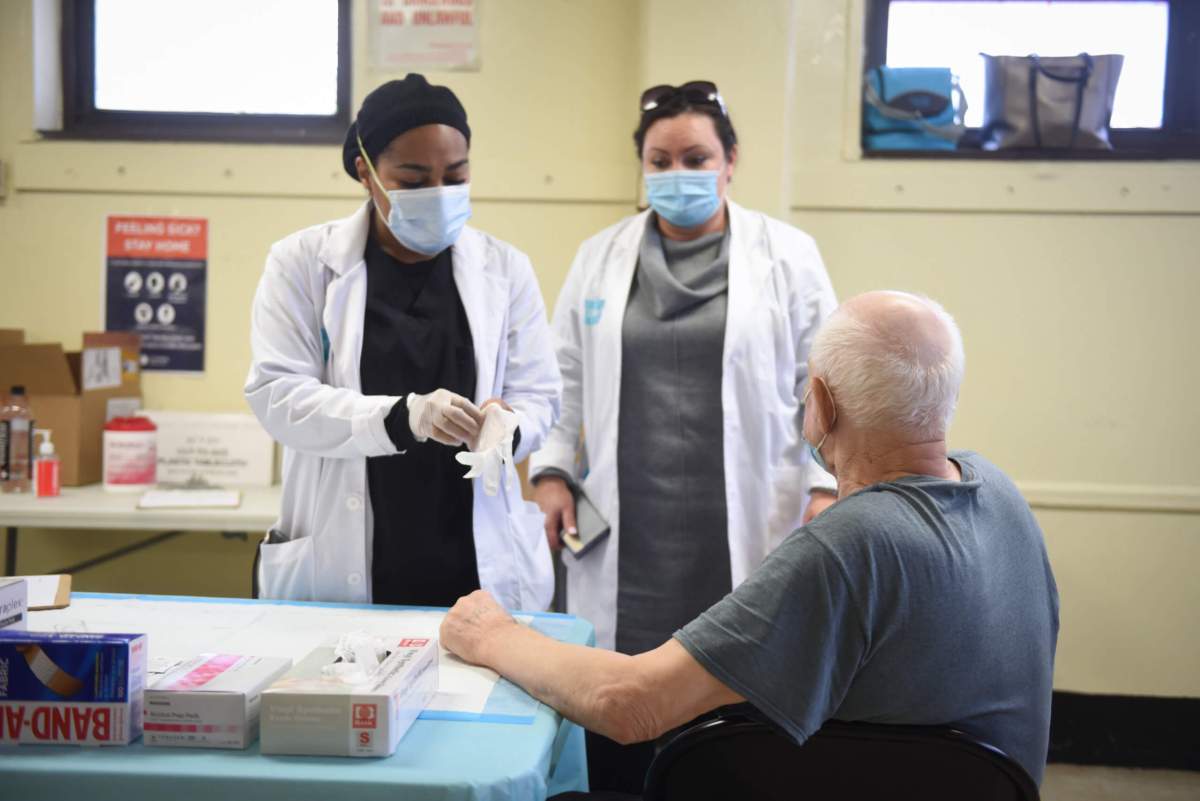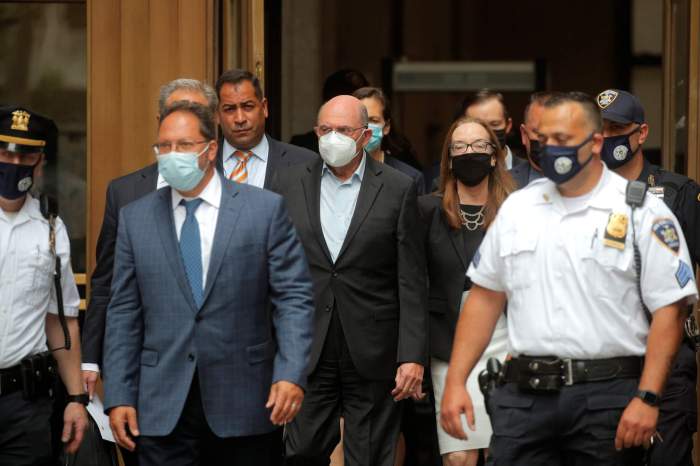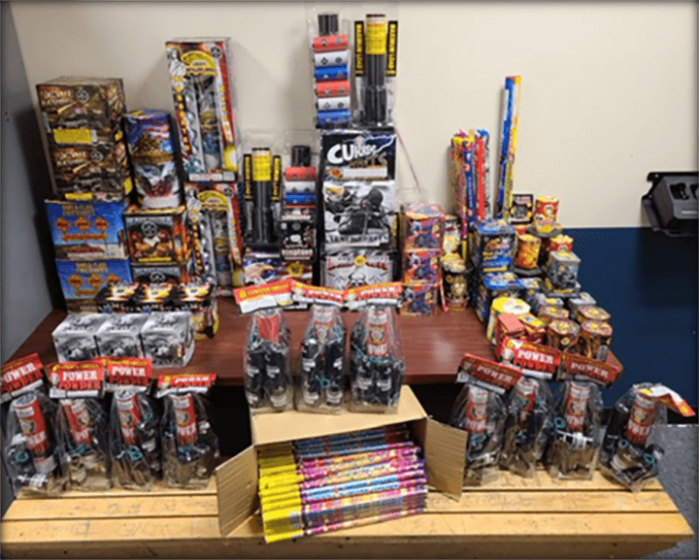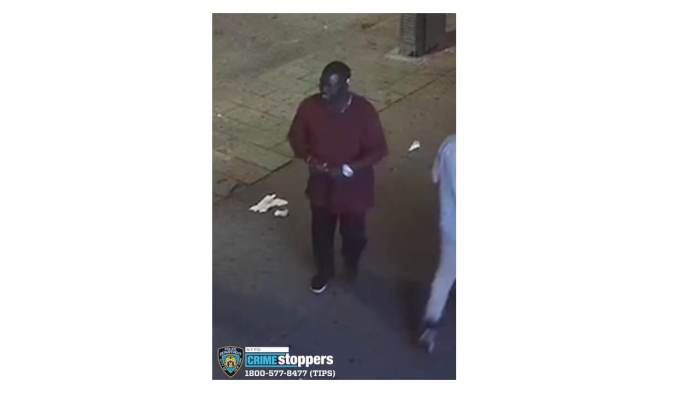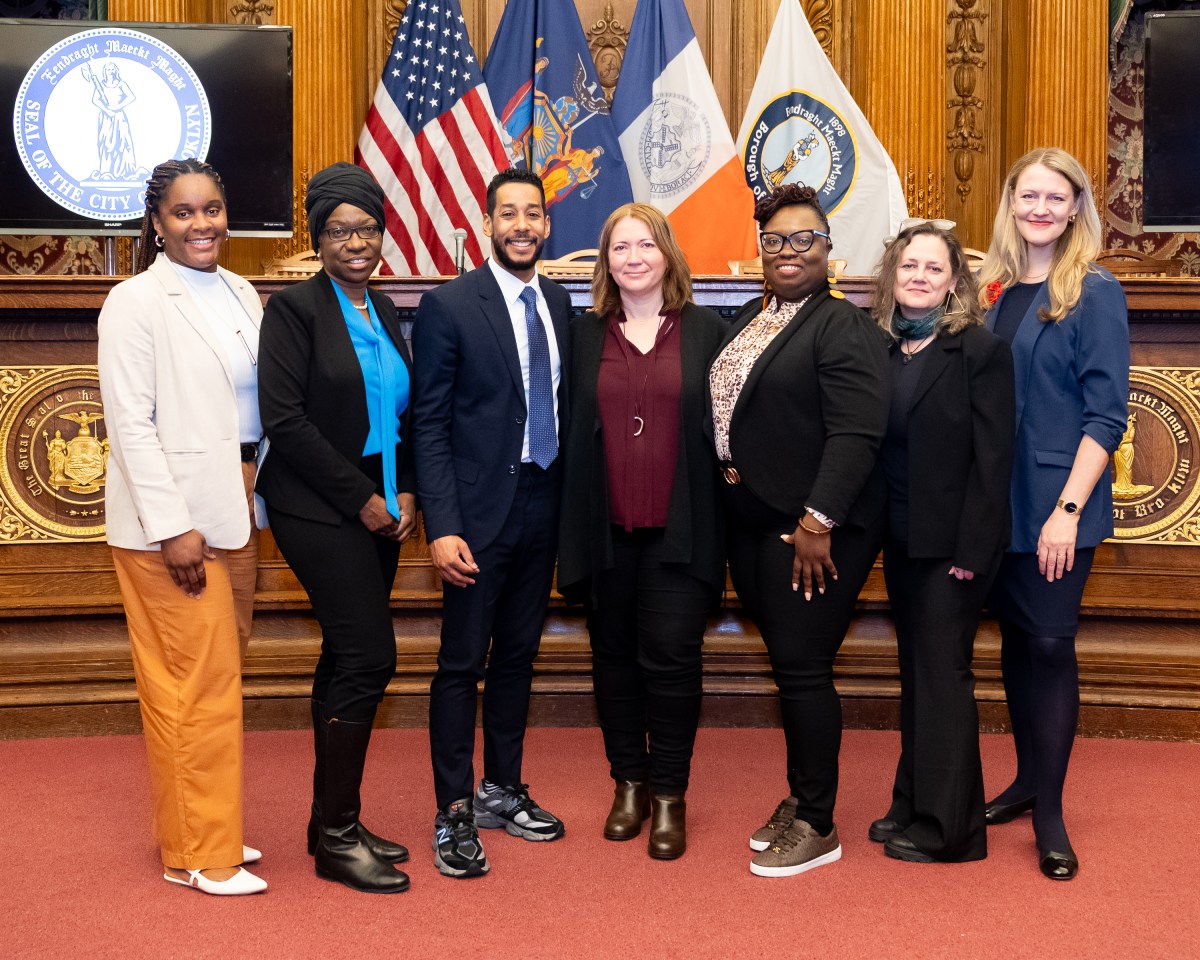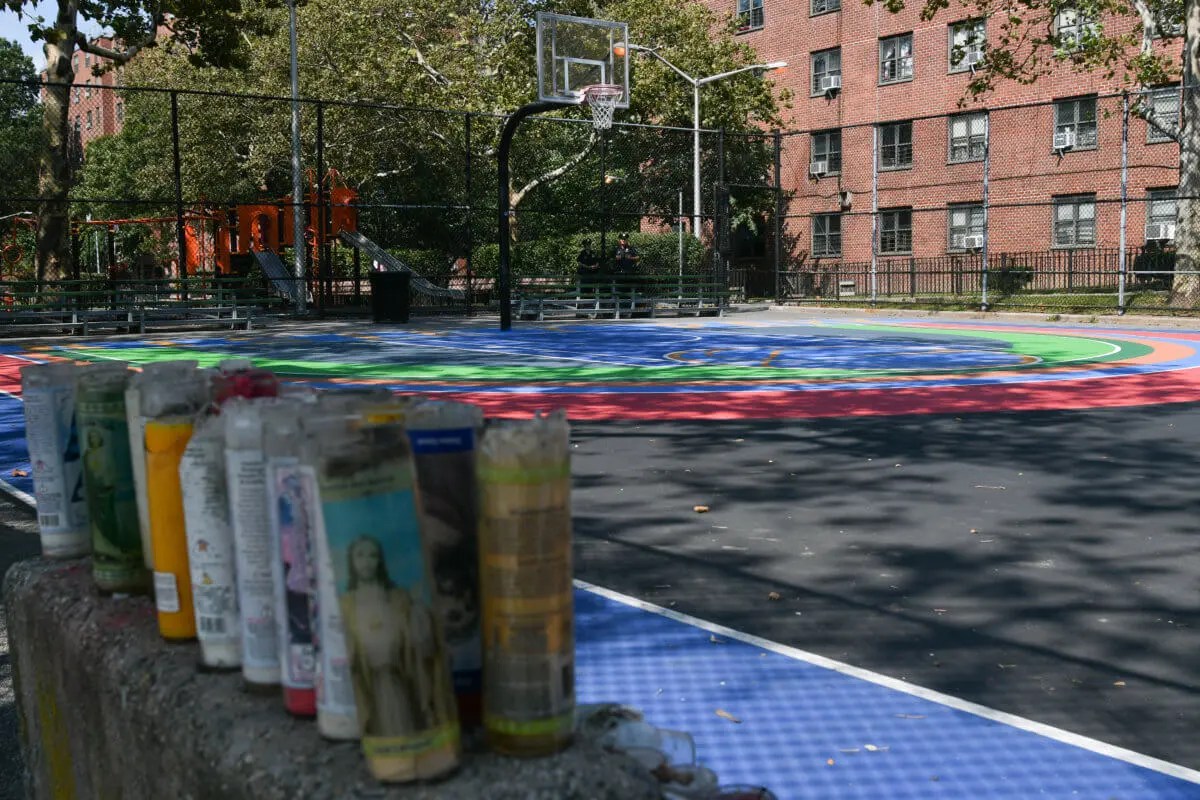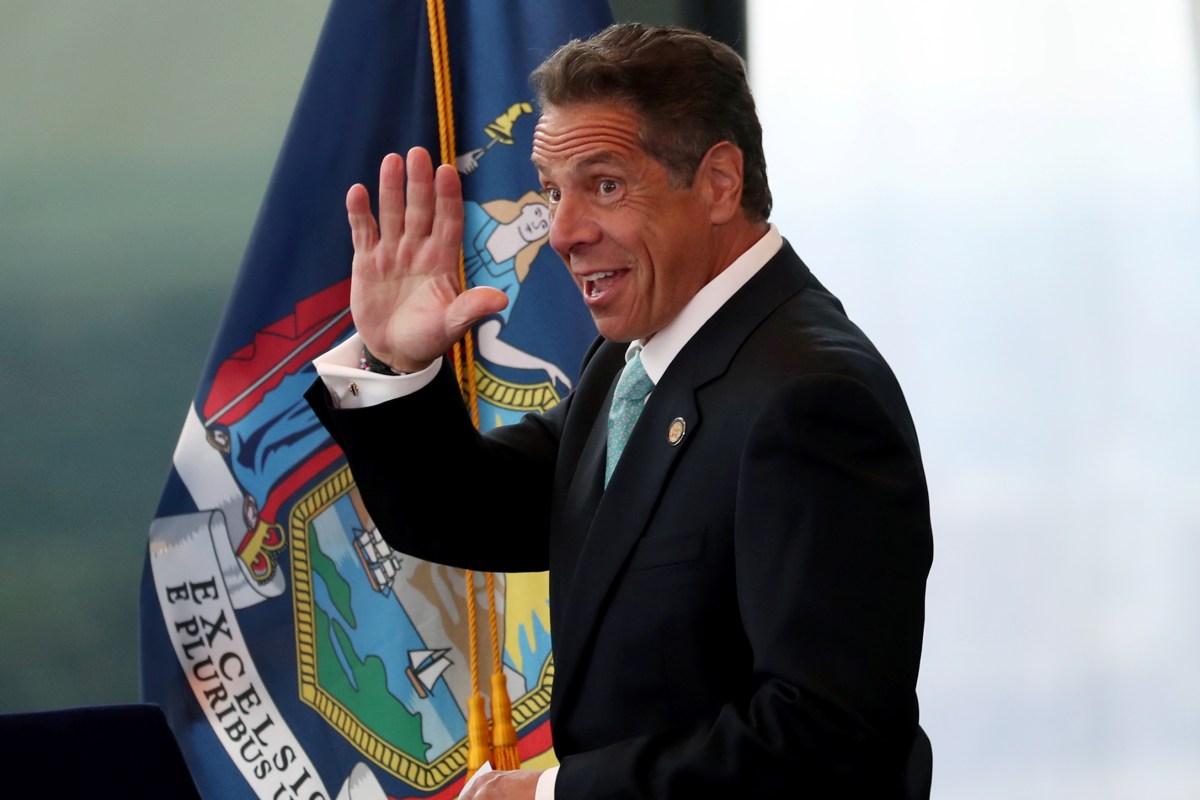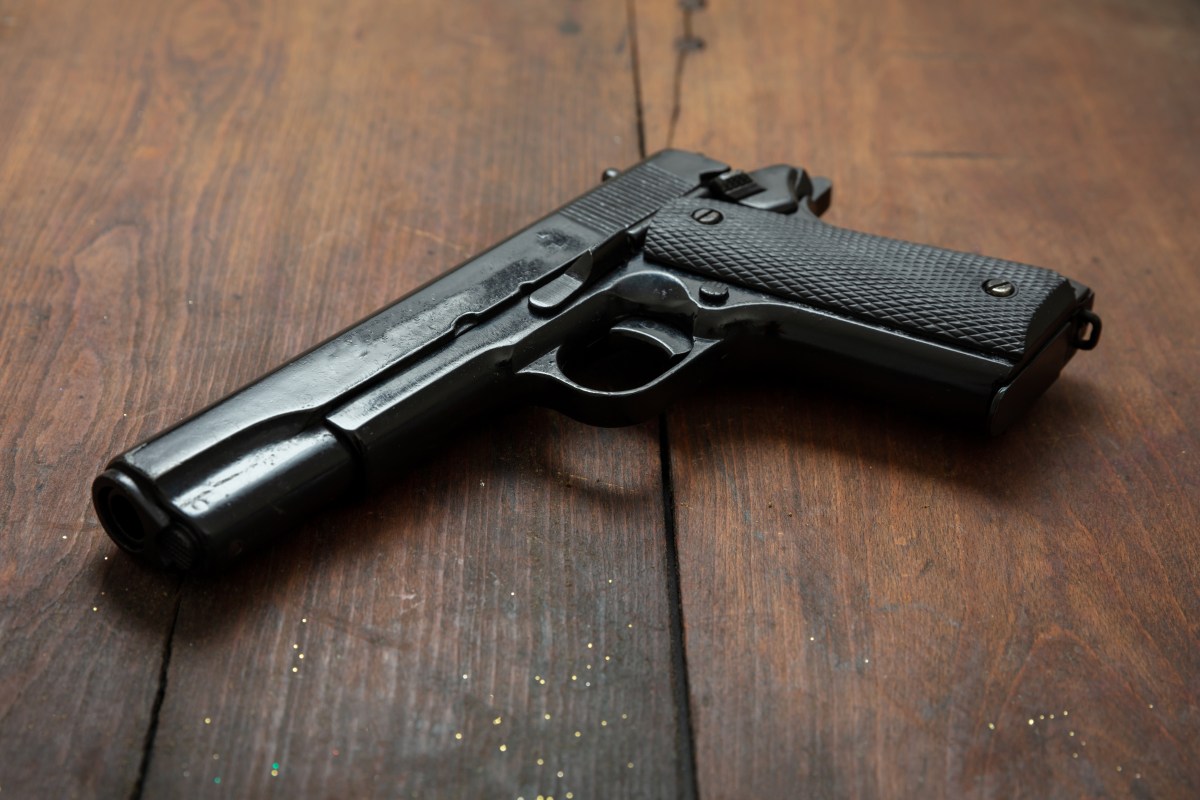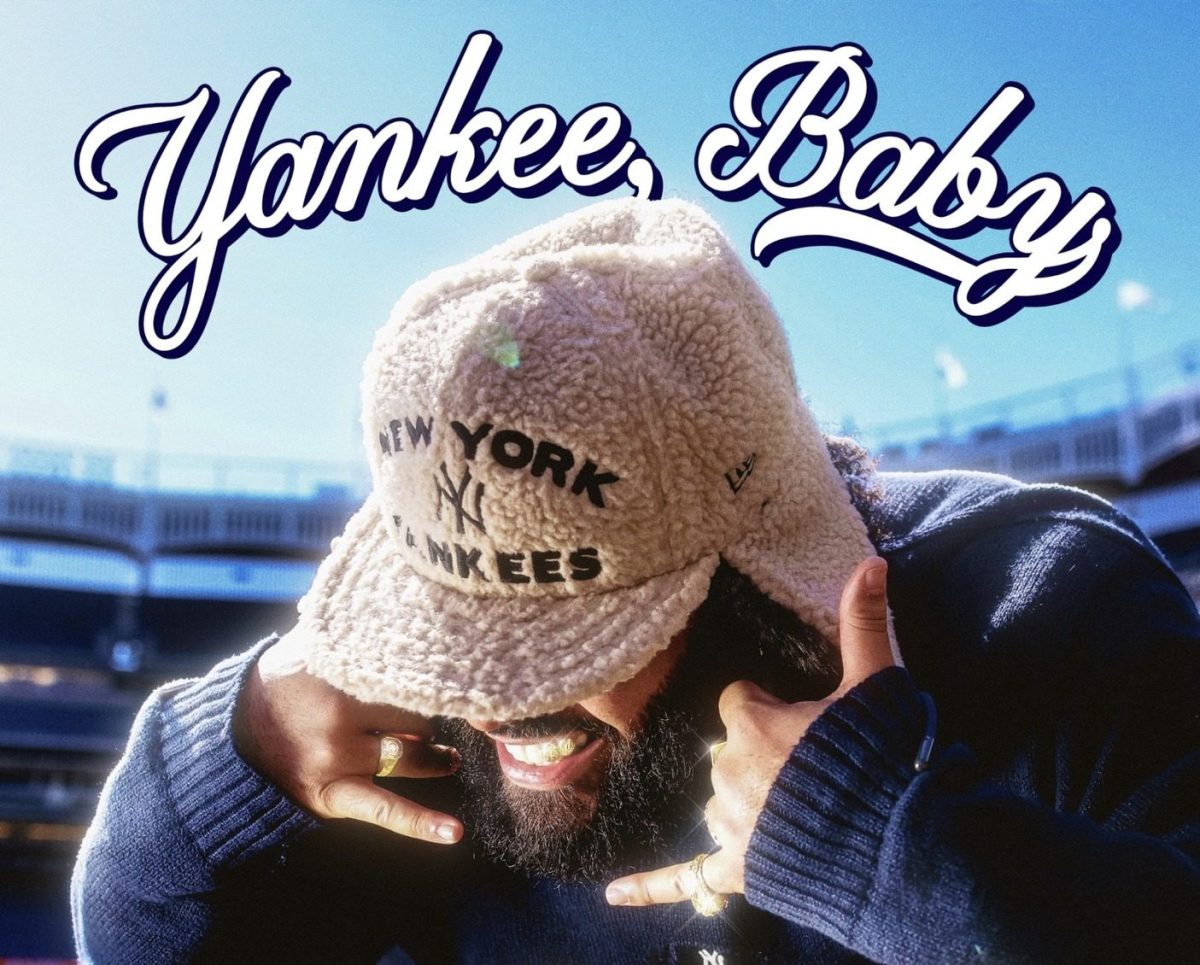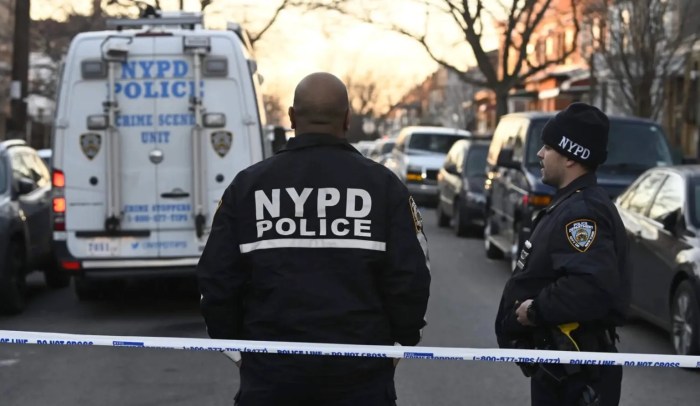Though the COVID-19 pandemic remains a matter of grave concern for the unvaccinated, New York City continues to see increases in infections, especially where vaccination rates are poor — thanks to the fast-spreading Delta variant.
The strain accounted for 69% of all new COVID-19 infections reported on July 3, according to the latest city Health Department data. It has become the dominant form of the virus over the past several weeks, and the data shows that it is steadily driving up the number of cases across the city.
Between July 9-15, according to the city’s Health Department, 46 areas of the city had 7-day positivity rates of 2% or higher. Five of the 10 areas with the highest positivity rates were in Staten Island, with Charleston/Prince’s Bay/Woodrow (10309) leading the way at 5.06%, with 34 new positive cases reported during the period.
Also on the list from Staten Island were Tottenville (10307, 4.59%, 10 new cases); Great Kills (10308, 4.02%, 21 new cases); Annadale/Rossville (10312, 2.85%, 34 new cases); and Bloomfield/Fresh Kills Park (10314, 2.81%, 45 new cases).
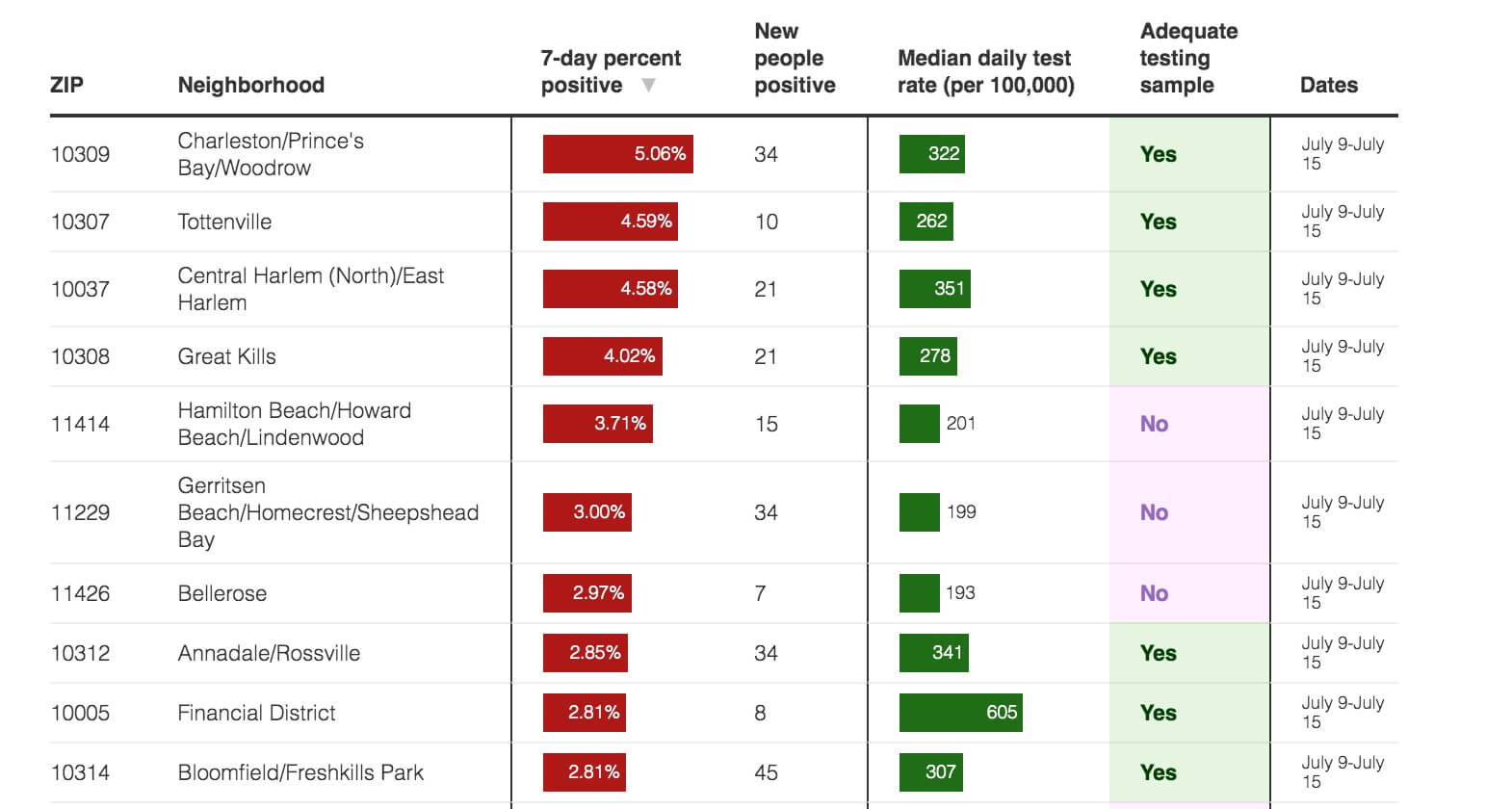
Not surprisingly, eight of the 10 areas of New York City with the highest 7-day positivity rates between July 9-15 also have fully vaccinated rates below 50%. The two outliers are the Financial District of Manhattan (10005, 79% fully vaccinated, 2.81% 7-day positivity) and Bellerose, Queens (11426, 58% fully vaccinated, 2.97% 7-day positivity).
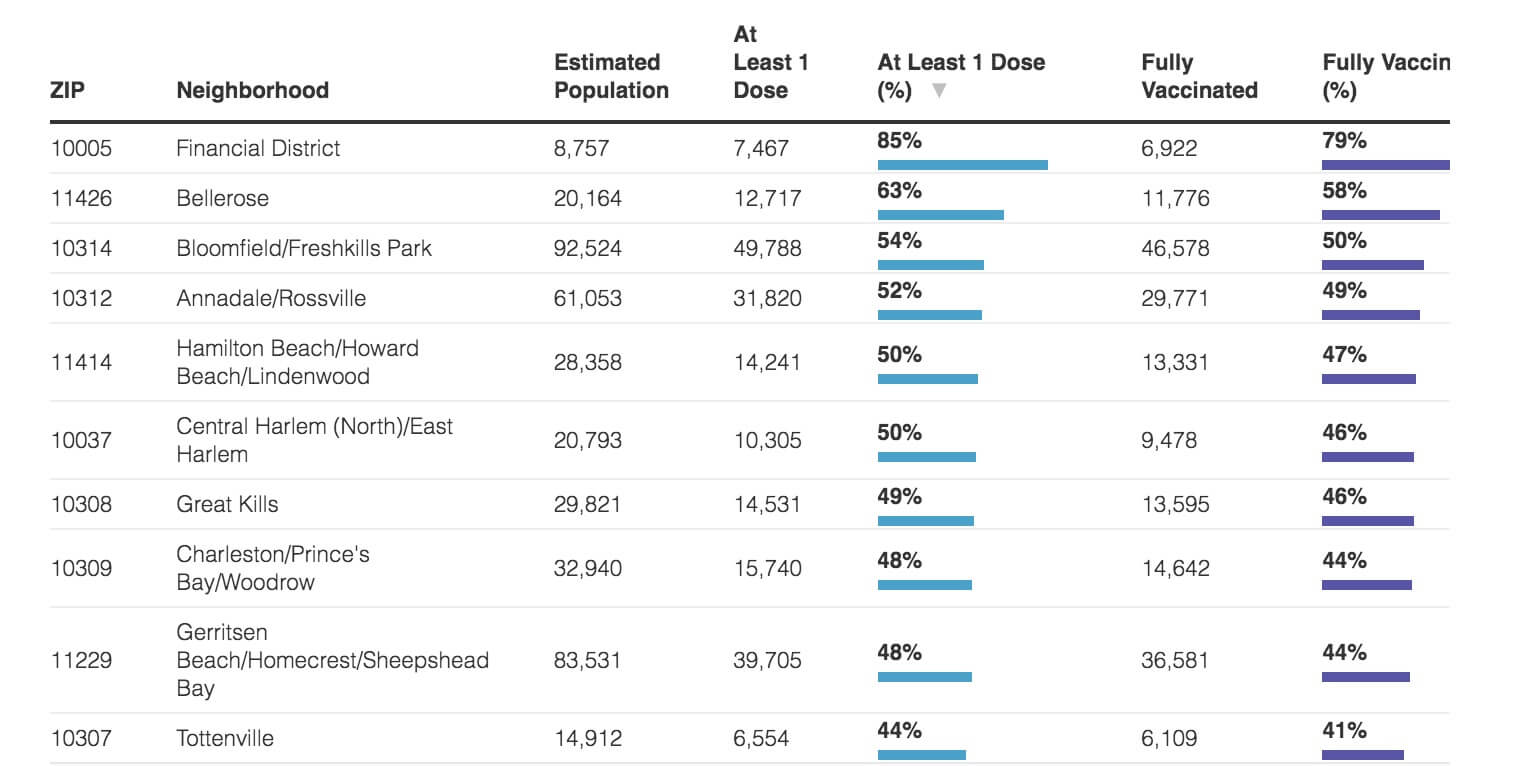
It’s worth noting that, though the COVID-19 vaccines have a high efficacy rate of preventing infection, serious illness and death, a vaccinated individual may still contract COVID-19. In all likelihood, however, their case will be asymptomatic, or involve minor symptoms.
The vaccines’ effectiveness is demonstrated in the hospitalization and death rates, which remain very low across New York City. The city’s Health Department reported that, as of July 15, the citywide 7-day hospitalization rate was down to just 18 patients, with a 7-day average of 3 COVID-19 deaths reported.
As health officials have previously said, almost all of the recent COVID-19 patients requiring hospitalization, or dying of the illness, have not been vaccinated. As the Delta variant continues to spread, Mayor Bill de Blasio announced last week a stepped-up effort to get the vaccine to areas where the number of unvaccinated New Yorkers are higher.
Nineteen areas of New York City have fully vaccinated rates below 40%, according to the latest city Health Department data. Edgemere/Far Rockaway, Queens (11691) continues to have the lowest vaccination rates in the city at 37% with at least one dose and 33% fully vaccinated.
The other communities with poor fully vaccinated rates are the following:
- Bronx: Edenwald/Wakefield (10466, 37%); Hunts Point (10474, 37%); Claremont/Morrisania (10456, 38%); Charlotte Gardens/Tremont (10460, 39%).
- Brooklyn: Bedford-Stuyvesant/Ocean Hill (11233, 35%); Flatlands/Midwood (11210, 35%); Canarsie (11236, 35%); Borough Park (11219, 35%); Crown Heights (11213, 36%); Ocean Hill/Brownsville (11212, 36%); Midwood (11230, 37%); Cypress Hills/East New York (11207, 38%); Brighton Beach/Coney Island/Seagate (11224, 38%).
- Queens: Arverne/Edgemere (11692, 36%); Laurelton/Rosedale (11413, 37%); Rosedale (11422, 39%); South Jamaica/Springfield Gardens (11434, 39%); St. Albans (11412, 39%).
Citywide, the Health Department reported Sunday that 58% of residents have had least one dose of the COVID-19 vaccine, and 53% are now fully vaccinated. Manhattan and Queens continue to lead the city in fully vaccinated folks with 65% and 59% of residents, respectively, and Staten Island is now halfway there at 50%.
